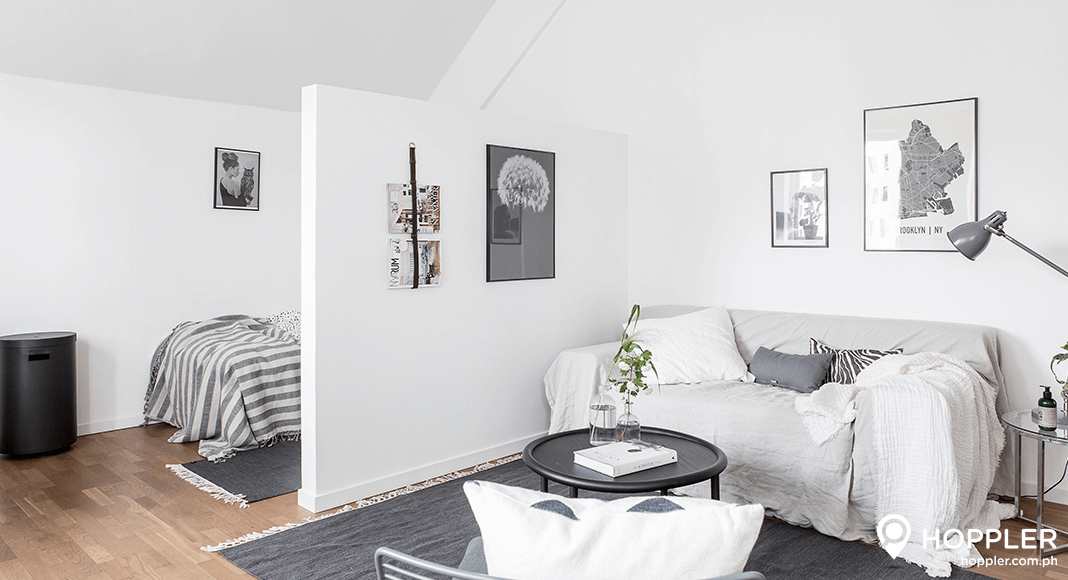History of Philippine Architecture
Understanding the roots of Philippine architecture is an interesting adventure as you revisit your heritage and discover how the lives of Filipinos from different periods of our history were reflected through structures of houses, churches, mosques, temples, government buildings, cultural centers and many others. Just by reviewing our history as a nation, the Philippines is a melting pot of various cultures not just from its Western colonizers but even from its neighbors in Asia even before the Spaniards came. Our country’s history produced a conglomeration of architectural design which still exists at present.
Let us trace our nation’s architectural history and characteristics through its five periods.
Pre-Hispanic Era
The earliest records of pre-colonial architecture in the Philippines are rock shelters and caves in Palawan. Early Filipinos are nomadic since they are constantly in search for food through hunting or fishing so they mainly rely on nature when creating shelter and do not need to build permanent structures. With the development of tools, tent-like shelters and tree houses were also created to serve as their abode. As farming became a stable source of food, the locals were accustomed to creating permanent structures to serve as their home. The houses of the natives before the Spanish colonization were predominantly rectangular in shape and built on stilts so it may be lifted and be transported to a new site. Several factors also affect the type of materials and configuration of houses such as the difference of climate and topography of numerous Filipino groups in different parts of the country. For instance, there are variations when it comes to pre-Hispanic houses of those from Ifugao, the bahay kubo (nipa hut) from the lowlands and the Maranao’s very intricate torogan house. Beautifully designed mosques were also widespread in the Mindanao region as early as 14th and 15th century due to the emergence of the Islamic religion even before the arrival of the conquistadores.
Spanish Colonial Era
The arrival of Spanish conquerors introduced the Antillean style of architecture. This type of architecture is European (but originated from Central America and not Spain) which was tweaked to suit the tropical climate of the Philippines and thereafter, had its own Filipino and unique character. Aside from houses, Mother Spain also bestowed its influence on the architecture of churches, the symbolism of its major endowment in the Philippines, Catholicism.
The most glorious colonial churches are still standing firm and most of them are found in the Visayan islands of Panay, Cebu and Bohol, Ilocos Regions, Southern Luzon particularly in Laguna and Batangas. According to architectural experts, most of the colonial churches are Spanish or Mexican baroque based on the evident elements. It is also notable that the construction of these churches was mainly influenced by the environmental conditions of the country which would constantly experience natural disasters (typhoon and earthquake) and human destruction as well (fire and attacks) during that time.
One thing that we must appreciate from these churches is how they were crafted with Asian Moorish style and elements. It is not well-known that during the Spanish period, Chinese and Muslim elements in architectural style became part of the Catholic Church structures. This is due to the fact that mostly Filipinos are inexperienced with the construction of stone buildings. Master builders and artisans who participated in the creation of the churches were Chinese and Muslims from the South. Chinese influence are shown through red air-dried bricks which were produced from a mixture of coral lime and/or loam and sugar cane juice and lion figures made of granite apparent in front of San Agustin Church. On the other hand, Moorish and Islamic style is apparent in deeply incised relief carvings of church facades and its interior. We learned from Philippine History that there was obligatory construction work imposed on natives in non-Muslim areas during that period but most of them involved cutting, transporting and processing the materials to build the churches.
American and Japanese Era
The 1896 Philippine Revolution paved the way to the country’s independence from Spain. However, it became a short-lived liberty when the Americans became the country’s new invaders. There was a drastic change on the architectural design which was introduced by the Americans as they establish the civil government. A lot of structures were built to serve as government buildings from cities to municipalities. The design and style of the establishments were akin to Greek or Roman constructions.
Famous American architects such as William Parsons and Edgar Bourne started the proto-modernist way of designing constructions and they were commonly unadorned facades together with large windows. Another prestigious master designer during that time was American architect and urban planner Daniel Burnham. He was the one responsible for creating the master plans for Manila and Baguio. His contributions to the local architecture together with Parsons were the Kahn system of concrete reinforcements and the introduction of hollow blocks, the use of anti-termite hardwood and the mass fabrication of building types.
American architecture influence in the Philippines can be classified in two types; the so-called first generation Filipino architects who studied architecture and engineering in the United States who were sponsored by the colonial masters and the Second generation architects who emerged in the late 1920s and 1930s.
The first generation exemplifies combined Beaux Arts elements with a touch of modernism promoting the ideas of utility in architecture.
The second generation on the other hand introduced the Art Deco portraying exotic embellishments.
The Japanese invasion during World War II lasted only for three years and did not bring any significant architectural change in the Philippines.
The Late Twentieth Century
During this period in Philippine history starting in the 60’s architects started to merge modernist style with the use of traditional and local materials.
And in the 70’s Former first Lady Imelda Marcos popularized a national architectural style through the regime’s ostentatious building projects using indigenous materials and icons.
The New Millennium
At present, the Philippines has embraced the tripartite decision of columnar architecture (Tower-on-the-Podium) for skyscrapers. More micro-cities such as Rockwell Center and Bonifacio Global City are developing.
The Filipino architects nowadays are considered to be “late modernists” and eventually “neo-modernists” or “super modernists”.
Modern commercial buildings are known for their unpredictability and orchestrated chaos exuding the architecture of deconstruction vibe just like The Gramercy Residences.
The clamor to fight climate change has generated “green architecture” to minimize the negative results of modernity and building high rise structures. The current trend is to improve efficiency of constructed buildings while moderating the use of energy.
True enough, the evolution of Philippine architecture is a source of pride for Filipinos. Let us make sure that we contribute in the preservation of our cultural heritage through the structures of the past which will make us appreciate our identity as a nation.



